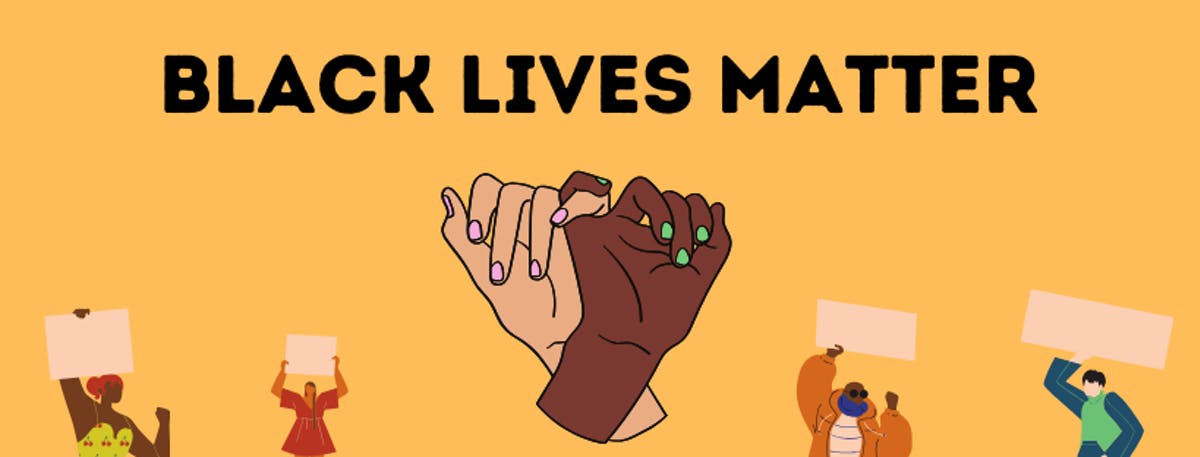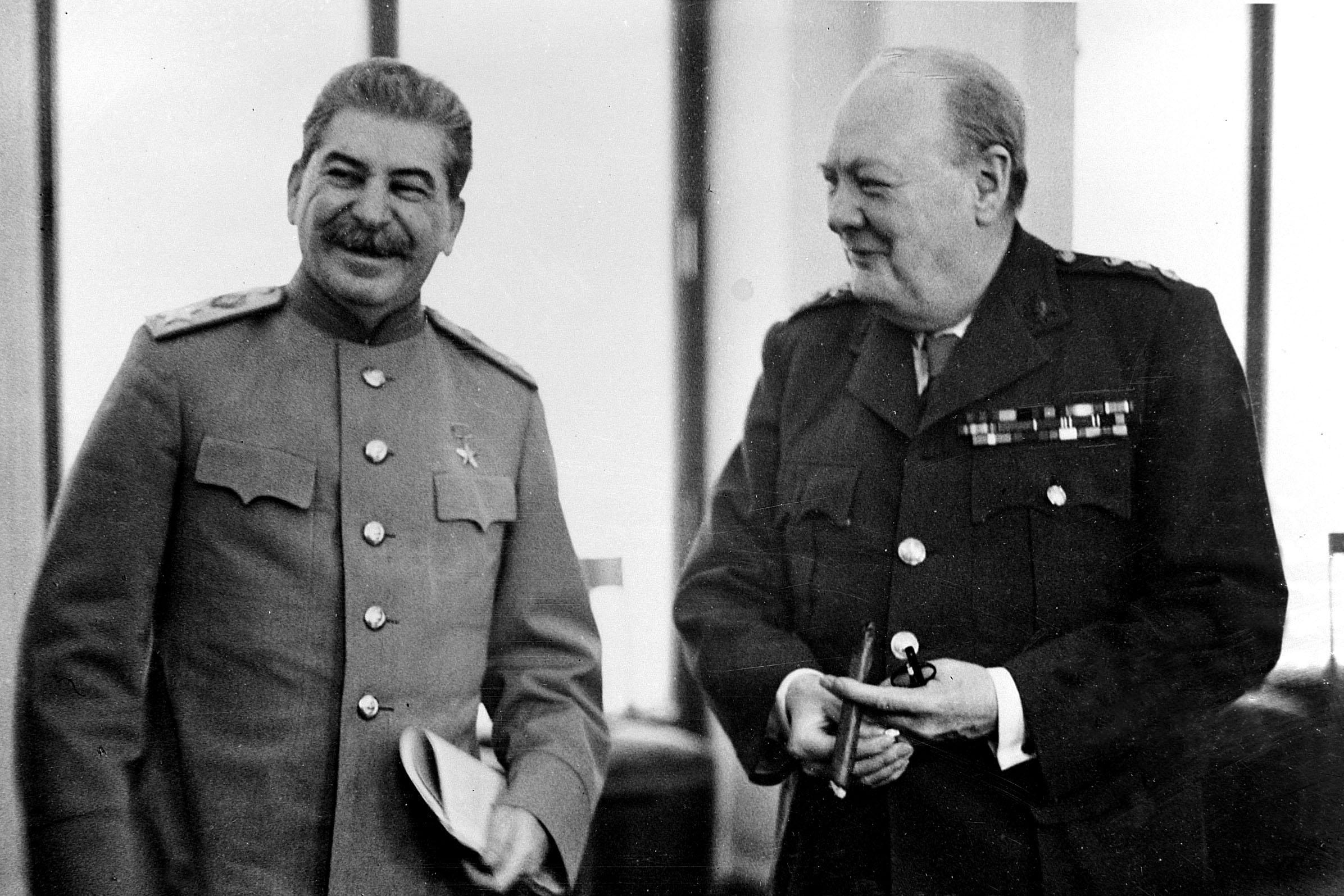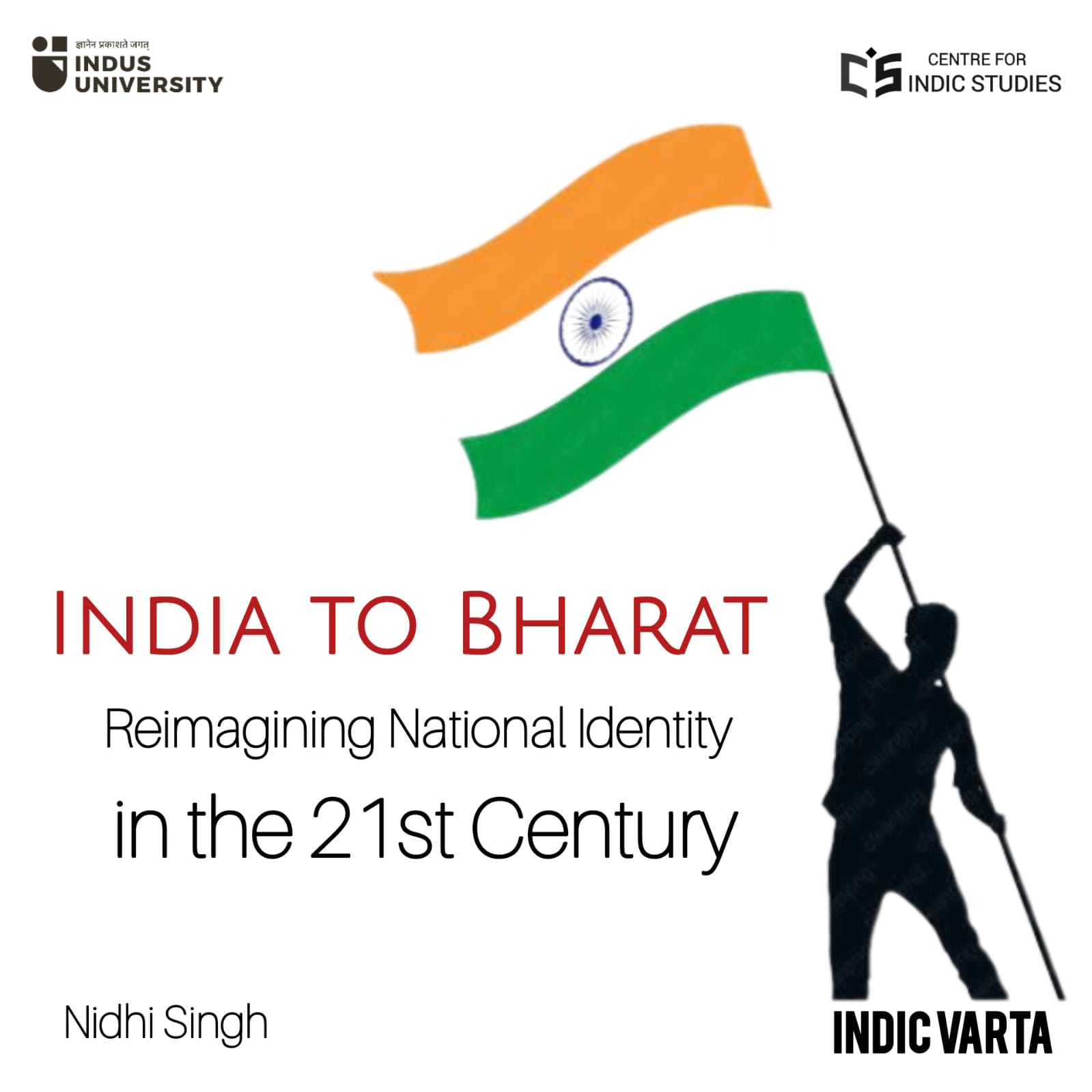- Visitor:23
- Published on:
The Madness of Crowds by Douglas Murray: A Book Review
Today, it is fashionable and virtuous for us to stand for blacks, gays and women. But in doing so, are we creating more social problems than we expect to solve? Read this brilliant book by Douglas Murray to find out.

In our modern democratic societies, we hardly witness a day without a controversy around race, gender or sexual orientation. These categories have become so pervasive in public discourse that we encounter them almost every day. We see these terms every morning as we wake up and read the newspaper or check the latest feed on our social media accounts. We also see a similar pattern when, on our way to work, we see large billboards display catchphrases like “STAY WOKE”. Similar platitudes are found on placards held by protesting students as we enter our university campuses. Movements for ‘social justice’ and the ‘identity politics’ around them are seen everywhere but rarely analysed in a careful and systematic manner as done by Douglas Murray in his new publication titled The Madness of Crowds.
Instead of looking at social movements through the prism of race or gender, Murray explores the metaphysics that runs through these seemingly disjointed campaigns for ‘social justice’? In a clear and cogent manner, Murray challenges the presumption that such characteristics as sexual preference or race are the “only relevant attributes of their holders”. Accordingly, Murray’s book is divided into four broad chapters titled Gay, Women, Race and Trans. Each chapter is followed by a short interlude that analyses the concerned phenomenon from various standpoints like Marxism, Technology and Ethics.
In the first chapter, Murray analyses the movement of Gay rights. He points to the wide disparity between scientific research and public opinion over the question of what makes people Gay? He also informs us that the LGBT community is itself extremely heterogenous and unsustainable, for it comprises of people who have nothing much in common. Moreover, for most Gays or Lesbians with diverse political and social affiliations, sexual orientation is just one aspect of their personality rather than the most defining characteristic of who they are. Therefore, despite being a gay himself, Murray argues that sexual orientation is not a wise basis on which to build a reliable and stable social order.

In the second chapter, Murray discusses the issue of feminism, another social movement that has now gone way beyond its original purpose. Murray points out various examples of feminists who exhibit double standards of public morality. He explains that to be identified as a feminist today, one needs to make an impossible demand. The impossible demand, according to Murray, is that ”a woman must be allowed to be as sexy and as sexual as she pleases but that does not mean she can be sexualized.” This, says Murray, “is an impossible demand. And not just an unreasonable but a deranging demand to make on men.”
In the third chapter, Murray talks about the concept of racial freedom, its origins in the modern world and where the movement stands today. Murray argues that in their quest to make reparations for victims of racial oppression, the crusaders of social justice have reversed the roles of oppressor and victim. So, in the garb of giving justice to former victims of racial, we are seeing a new form of racial oppression, or revere racism. Murray cites several recent examples of anti-racism episodes at American universities where alleged white ‘racist academics’ have been fired or voluntarily resigned on account of being perceived as racist.
In the fourth chapter of his book, Murray discusses the movement of Trans and the shallowness of public discourse on this highly sensitive topic that impacts the lives of many people. There are difficult questions related to sexual identity. Murray points out that on the one hand it is uncertain whether inter-sex operations are really the need of the hour given the lack of sufficient scientific evidence, on the other hand, the sheer certainty of public attitude is astonishing. But, as Murray cogently argues, regardless of whether one’s sexual ‘kinks’ are a ‘hardware’ or ‘software’ issue, “it is hard to persuade society that it should change nearly all of its social and linguistic norms in order to accommodate those sexual kinks.”
Murray concludes his book with a brilliant recap of the central arguments he has made. Murray’s book is helpful in many ways. Firstly, it shows that in our times, to fight for issues like race or gender is not about compassion but about showing that you are on the right side, politically and socially. Secondly, it reveals the collective madness to be absolutely sure about historically and scientifically unproven facts like anyone might be gay or anyone can change their sex. Thirdly, it shows how truth is often sacrificed for the pursuit of a political goal and how, in fact, every aspect of our society is becoming increasingly political. In sum, what we gather from Murray’s analysis is a remarkable insight: that all social justice movements started out at some point, in the post-war period, as legitimate human rights campaigns but eventually became subservient to a political agenda. The larger question then is: Is this a characteristic feature of social change in modern societies and does this result from the absence of spiritual meaning in our lives?
- 11 min read
- 0
- 0










